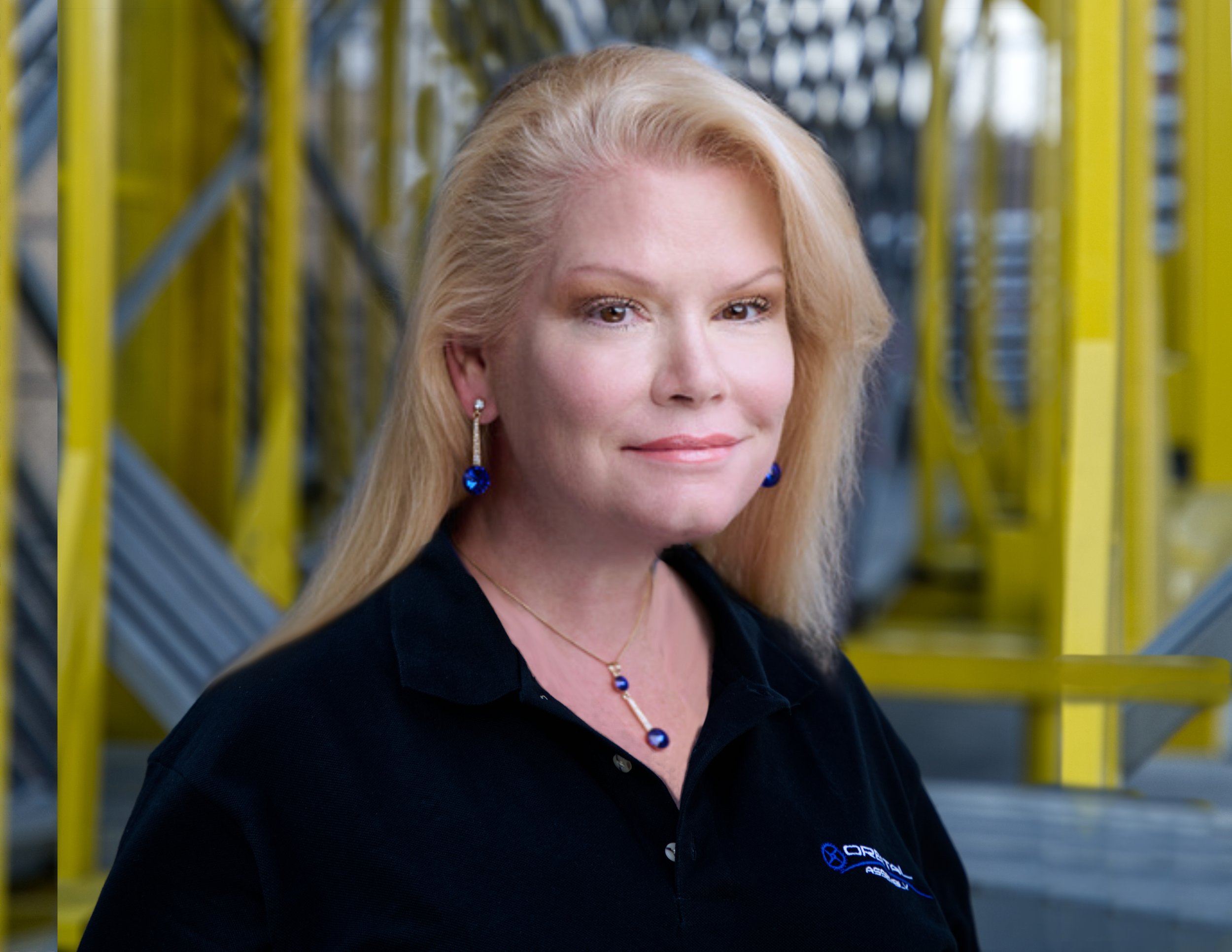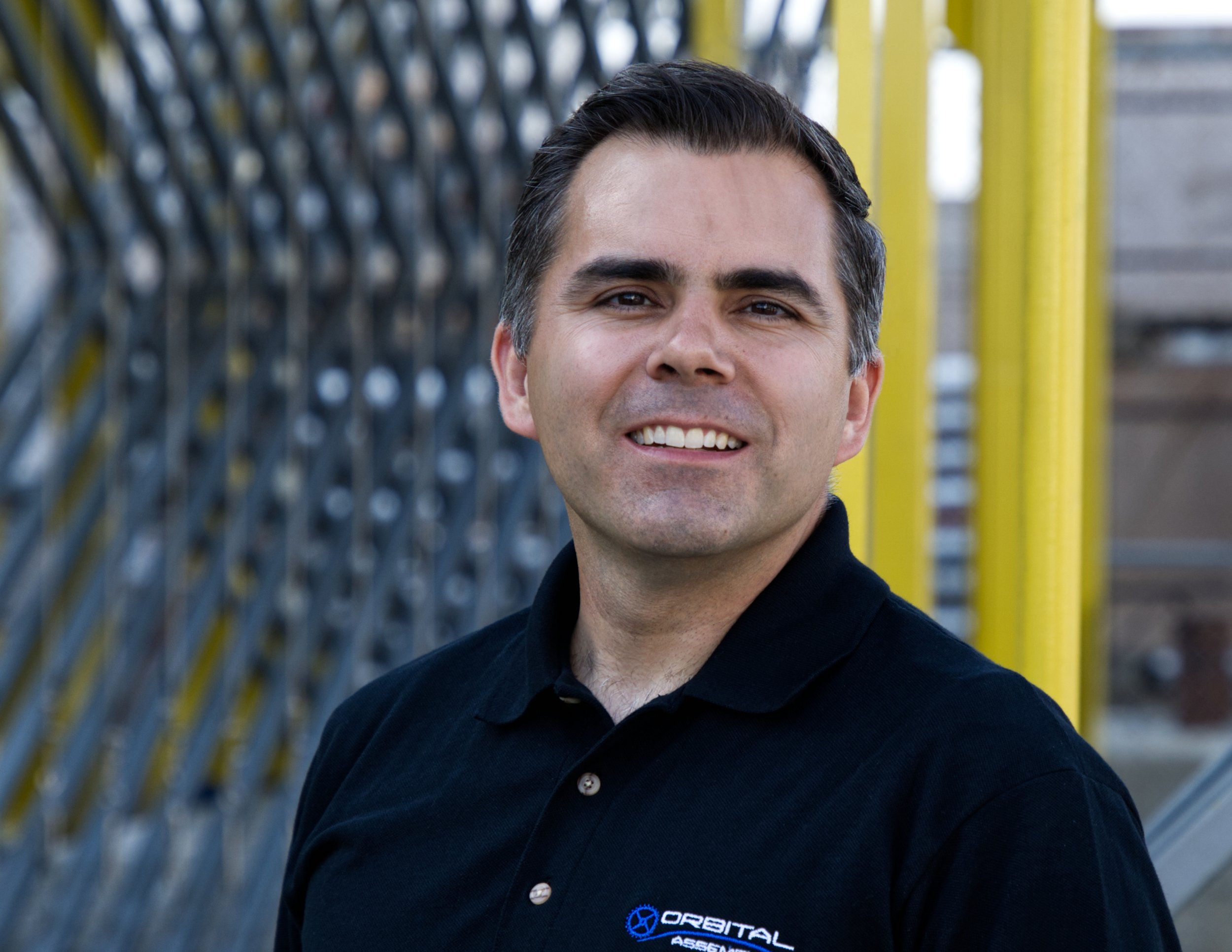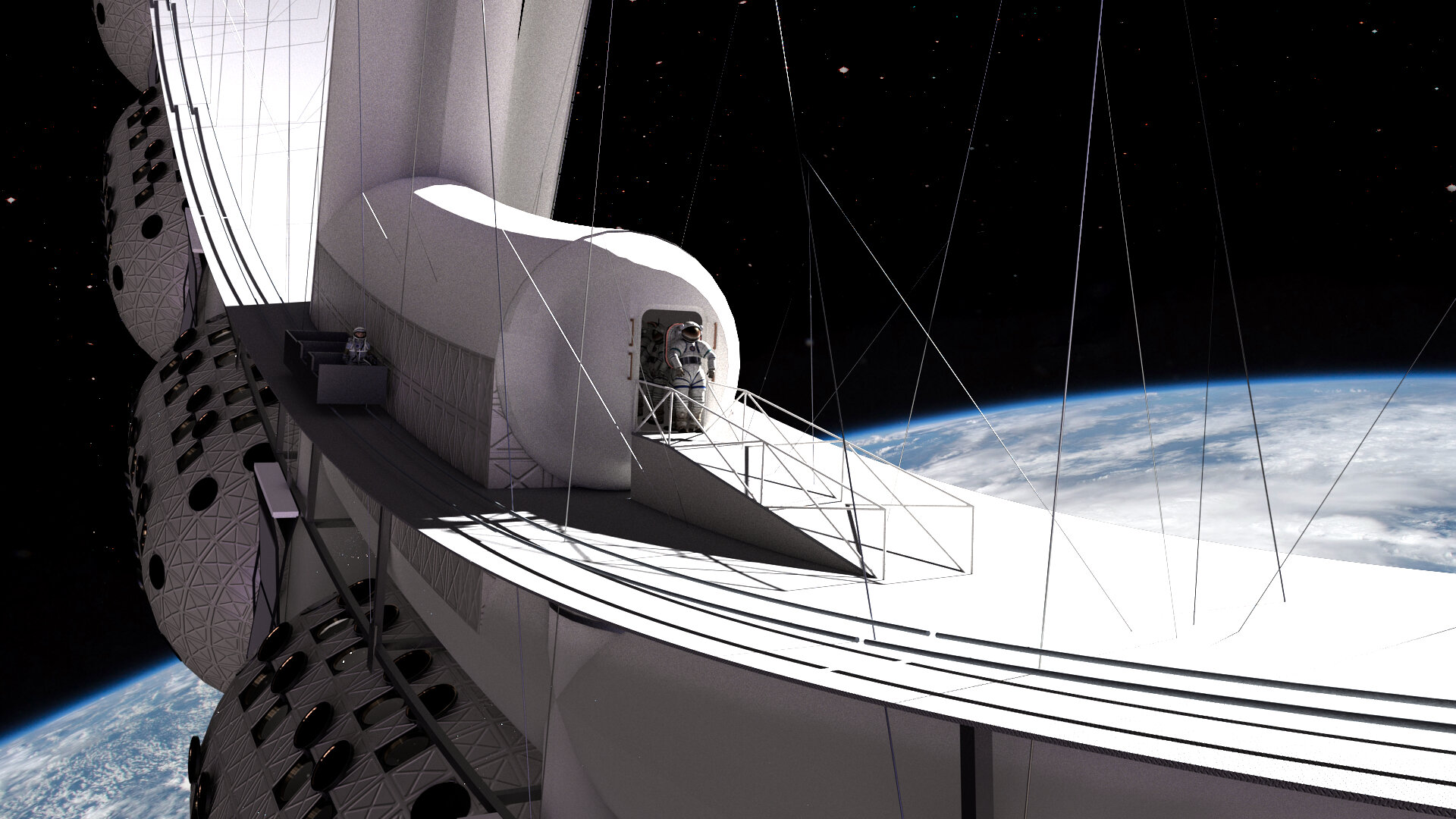Vacations out of this world (literally)
A conversation with Tim Alatorre, Chief Operating Officer and Co-Founder at Orbital Assembly Corporation, the world’s first large scale construction company providing luxury space station tourism.
It is part of human nature to want to know what’s over the next hill, to discover the beyond? Orbital Assembly is the world's first large scale space construction company that’s offering the first low gravity vacations in low orbit on a luxury space station. We The Cool Magazine had the opportunity to speak with Tim Alatorre, COO of the corporation behind this project.
Photo: Courtesy of OAC.
The original idea for this project came from a conversations some of the founders had several years ago. “We were thinking about why weren’t there large populations of people living in space already, just like we had seen for decades in sci-fi movies. The kind of space development we thought was going to inevitably happen after the Apollo program with space stations and large numbers of people in space just seemed like the next logical step. And yet it hadn’t happened. We started thinking of the key elements that we needed to make this a reality. The first thing we asked ourselves was if there were people who wanted to live in space. We all agreed they are. The second was to find out if there were any technological barriers. We said no. The last question was related to the cost and financial aspects. And so, we looked at what was happening right then in the space industry. The price for launch services is dropping dramatically and with SpaceX revolutionizing the transportation to space, we knew that this was not going to be any longer a barrier in the near future. So finally, the only real factor was to see who was going to do it”. Tim Alatorre says.
Photo: Courtesy of OAC.
“With NASA and other space agencies not having much impetus or desire to develop large structures in space, we decided to do it! We decided to build the infrastructure, the machines and systems to get large populations of people into space. We createdOrbital Assembly Corporation with that aim”
This is how Voyager Station, the flagship project for a space hotel began. As a stepping stone to bring larger populations to live, work and thrive in space. With several advisers in their team, including Dr. Shawna Pandya, a medical doctor specialized in research on how humans operate and survive in microgravity and partial gravity, Dr. Thomas Spilker, the chief technology officer and space systems engineer and former NASA and other research specialists in artificial gravity, the team of Orbital Assembly is managed by Alatorre himself a licensed architect that has built over 600 structures.
We say: “Tom keeps things from blowing up and I keep people from throwing up” Looking at the hotel itself, we’re drawing on current terrestrial structures such as actual operating hotels as well as cruise ships and spacecraft. We’re pulling in all those different features and constantly questioning ourselves about the necessities for physical survival. After researching on what is needed for long term mental and emotional health, we look at some of the amenities, such as recreation and entertainment.”
Initially named after the father of the Apollo Program that took humanity to the moon, the flagship project which was later renamed to Voyager Station will become the first large-scale tourist destination in orbit.
“The Voyager Station Hotel will have 24 primary modules where people will live, work and play. These modules will be assembled and arranged around a large truss, something like a bicycle tire, and they’ll be spokes coming to the middle of the station where ships will dock and the passengers will embark and disembark.
The entire station will be rotating like a bicycle tire, about one and a half revolutions per minute, slightly faster than the second hand of a clock. One side of the station will be covered with solar panels for continuous solar power. The other side will be in constant shadow and it will have radiators that will dissipate heat into space.”
Rhonda Stevenson, CEO Orbital Assembly and Tim Alatorre, COO, VP of Habitation.
Photo: Courtesy of Orbital Assembly website.
Knowing that going into space might not be something you can plan overnight, we asked Tim about the prior preparation and requirements that an aspiring guest should follow in order to accomplish his visit. The tourist plan is still in development, but the team is already preparing for basic safety orientation and an overview of evacuation procedures. To get to the station, visitors will have to ride with one of their commercial partners on their launch services.
“So currently, there’s only a couple of people taking passengers to space and only two that are readily available for orbital destinations. That would be the Russians with the Soyuz spacecraft and then SpaceX with their Dragon capsule. Blue Origin and Virgin Galactic hope to be taking passengers into orbit in the near future. And so, the passengers booking a trip to the station may have their choice of a number of different launch providers, and each of them will have their own requirements for that flight.” - He explains.
The energy supply will be powered almost entirely by solar power. They will create additional water supplies on the station because they will be bringing up real food and not dehydrated food. Water will be able to convert into propellant for the rocket engines that will spin up and spin down the station and maintain its orbit. So, according to Alatorre, a combination of fuel created from that excess of water and solar power will be the energy sources for the station.
For Orbital Assembly, the understanding and minimizing of any risks in space is a priority, and as Tim assures, they have a number of policies, procedures and contingencies in place and some that are still being developed. First and foremost, they will only have a number of people that can safely be evacuated by spacecraft so that in case of an emergency, they will have enough craft to get everybody off the station in a timely manner. In addition, Tim explains that the station is highly modularized and each of those modules can be sealed off in case of a catastrophic breach.
In terms of gastronomy, the team is thinking of creating the ultimate dining experience and the most memorable meal for the guests. “At the station, we are planning to have gourmet restaurants. We have enough space that we can have kitchens and we’ll be serving real food, so this will be a sampling of some of the finest foods around the world. And we’ll bring in chefs to prepare them.” - Tim says.
Photo: Courtesy of OAC.
Before finding out about the Orbital Assembly and the Voyager Station Hotel, I was already interested in the controversy regarding Jeff Bezos and Richard Branson’s trips to the stratosphere, which on one side, inspired thousands of people around the world, and on the other, created a debate on the idea of traveling to space as a technological development versus a game for billionaires. Alatorre opened up to We The Cool Magazine on his belief that the billionaires who are currently investing huge amounts of their fortune in developing space transportation technologies are actually providing a public service.
“Governments have not been capable of lowering launch costs sufficiently to make space accessible to the average person. And Jeff Bezos and Elon Musk established their rocket lab as well as other space launch companies that are coming up on their heels. That means that the average person is going to have an opportunity to go to space. And if there are destinations for them, which we are building, they’ll be able to live, work, thrive, and not just survive in a floating laboratory. There’s been a lot of controversy, I think, around the green aspect of traveling to space, the pollution and the carbon footprint. And Elon Musk has been putting hundreds of millions of his own cash into developing new rocket engines”. Tim assures.
They have a Merlin engine which is running on. The first is the first orbital methane rocket engine. And methane is a renewable fuel source. It can be created just using electricity and extracting carbon dioxide from the atmosphere and using water. So that means that rocketry will no longer be dependent on unsustainable fuel sources. And that also means that, for the first time, rockets can not only be carbon neutral, but they will actually potentially be carbon negative, as in extracting carbon dioxide from the atmosphere. So that is significant. And then I think on the other part of the controversy, which relies on how they are investing billions of dollars into space when there are so many problems on Earth to solve. Our life quality, as well as the technologies that are a daily commonplace for us nowadays, are made possible thanks to the space program over the last 50 years. Microchips, GPS, Velcro, MRI machines... the list could go on and on! Our lives have been highly improved thanks to the research and development that came out as a result of space exploration. So, as we’re pushing out into space and getting more people in space, there’s going to be more technological innovation, which is going to come back and enhance life on Earth.”
Being a relatively new project, we asked Alatorre about the biggest challenges that Orbital Assembly has faced.
“I think one of the biggest ones is just proving that we are legitimate. There have been a lot of space companies before us that have failed, and we are overcoming years of skepticism and disappointment from the public where they get their hopes up, myself included. You get your hopes up about some great new thing, only to see it never happens. This is something that is really only going to be overcome with time as we obtain success and we show our work to the public. In June, we had a successful demonstration of real hardware. We built a six ton, 78m long truss on Earth in under 24 minutes! We invited the public to that demonstration.
We’re not just a bunch of engineers making pretty drawings. We are actually building hardware. But we realize that overcoming the skepticism is going to take several more years and is an ongoing challenge.”





